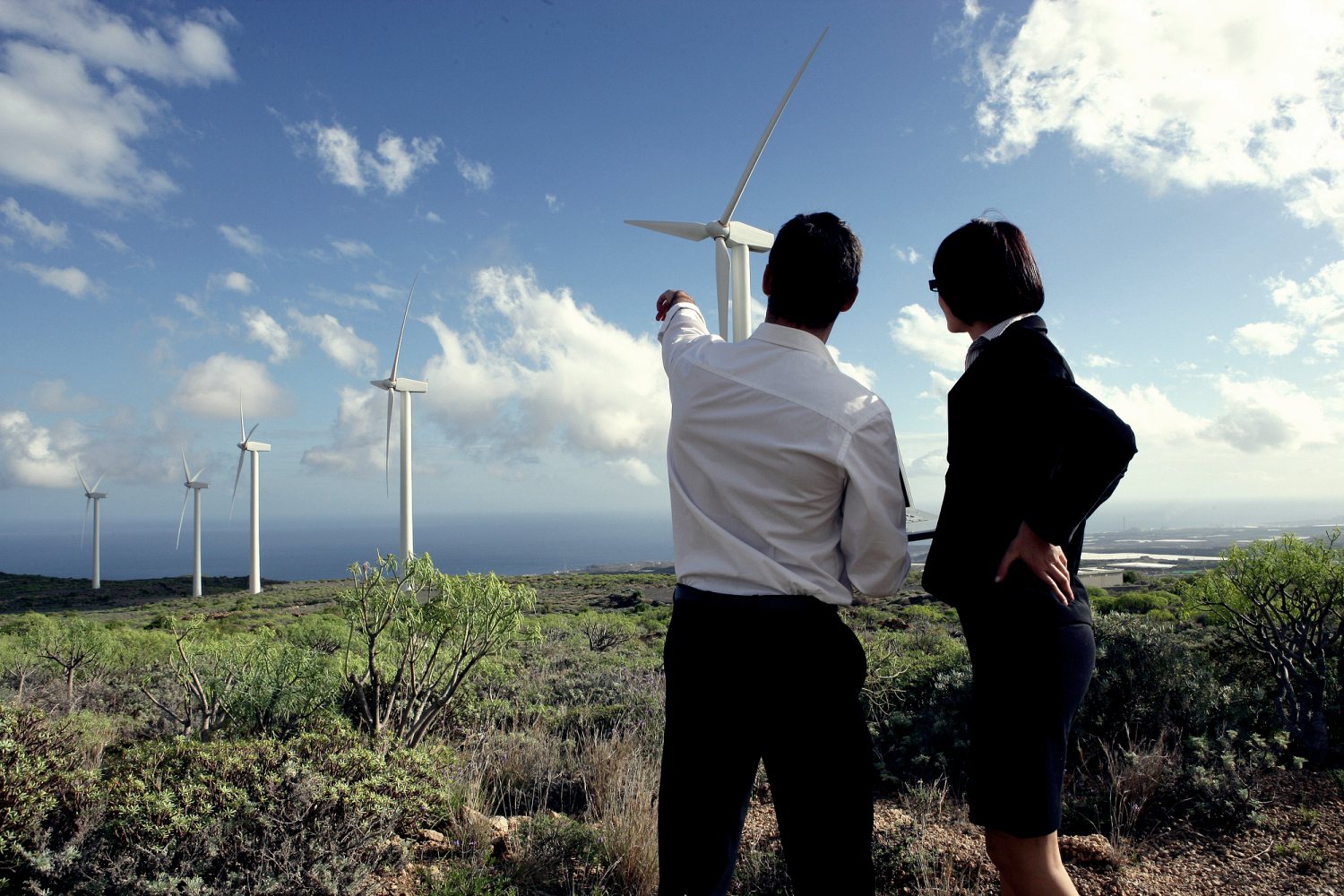The winds of change are beginning to blow against the false perception that industrial wind turbines are harmless “green” energy, as if they are environmentally friendly. The truth is that they frequently destroy prime agricultural farmland, wildlife habitat, use up enormous amounts of fossil fuels to build and erect, and use up increasingly hard-to-find minerals such as copper. Moreover, they are being recognized by both courts and health organizations as hazardous.
The World Health Organization (WHO) in a 2000 publication1 said, “It should be noted that a large proportion of low frequency components in a noise may increase considerably the adverse effects on health.”2 This portion is called infrasound and is well-documented3 to cause adverse health effects in both humans and animals. That is, what you can’t hear can be harmful. The WHO stated that there is “immediate concern” and…
…clear evidence that wind turbines generate low frequency sound (infrasound) and acoustic signals which can be detected at considerable distances (many kilometres) from wind farms on infrasound detectors and low-frequency microphones.
cited in “Adverse Health Effects of Wind Turbines”, Keith Stelling, MA, MNIMH, Dip Phyt, MCPP (England), with additional files from Carmen Krogh, BScPharm; October 20, 2009; pp. 18-19
And then in 2018, the WHO updated its noise guidelines noting “stronger evidence of the cardiovascular and metabolic effects of environmental noise; inclusion of new noise sources, namely wind turbine noise…” that it includes as “one of the top environmental hazards to both physical and mental health and well-being.”4
In a court case in Ontario in 2011, a Tribunal concluded:
…the debate should not be simplified to one about whether wind turbines can cause harm to humans. The evidence presented to the Tribunal demonstrates that they can, if facilities are placed too close to residents. The debate has now evolved to one of degree. The question that should be asked is: What protections, such as permissible noise levels or setback distances, are appropriate to protect human health?
Environmental Review Tribunal, Case Nos.: 10-121/10-122 Erickson v. Director, Ministry of the Environment, July 18, 2011, p. 207
At a Brown County Board of Health meeting in Wisconsin, a motion was unanimously approved declaring the Shirley Wind turbines there a “Human Health Hazard”. The text of the unanimously approved motion reads:
To declare the Industrial Wind Turbines at Shirley Wind Project in the Town of Glenmore, Brown County, WI, a Human Health Hazard for all people (residents, workers, visitors, and sensitive passersby) who are exposed to Infrasound/Low Frequency Noise and other emissions potentially harmful to human health.
October 14, 2014, bccrwe.com

And as we’ve pointed out, high-level courts are beginning to acknowledge the harm being caused to both humans and animals.5 What does this mean for residents of Alberta?
Current setbacks in the province, usually less than a kilometre, are well within the range that studies and court decisions have declared as dangerous to human health. As such, we suggest that current standards are a contravention of the Environmental Protection and Enhancement Act of Alberta which states an ‘“adverse effect” means impairment of or damage to the environment, human health or safety or property; (Sec. 1, b) [via]… any sound, vibration, heat, radiation or other form of energy… 6
Most notably, it states: “Except where this Act specifically provides to the contrary, the Crown is bound by this Act.”
We are calling on Premier Danielle Smith, Alberta Environment and Protected Areas, and the Alberta Utilities Commission to place a moratorium on any future industrial wind turbine plants among Albertan’s homes until proper and safe standards are put in place and further studies are completed on the mounting health impacts.
The winds of change are blowing, and they are not in favor of governments continuing to experiment on their citizens.
- “Community Noise” by Berglund et. al.[↩]
- WHO cited in “Adverse Health Effects of Wind Turbines”, Keith Stelling, MA, MNIMH, Dip Phyt, MCPP (England), with additional files from Carmen Krogh, BScPharm; October 20, 2009; pp. 18-19[↩]
- see here, here, here, here, here, here, here, here, here, and here. Read this story of testimonies, but the persistent claim that there is no evidence to support them here.[↩]
- “New WHO noise guidelines for Europe released”, October 10, 2018; www.who.int[↩]
- cf. “Supreme Court Win on “noise disturbance”[↩]
- (Sec. 1, (ii), mmm)’; read Act[↩]
Mark Mallett is a former award-winning reporter with CTV Edmonton and an independent researcher and author. His family homesteaded between Vermilion and Cold Lake, Alberta, and now resides in the Lakeland region. Mark is Editor in Chief of Wind Concerns.


